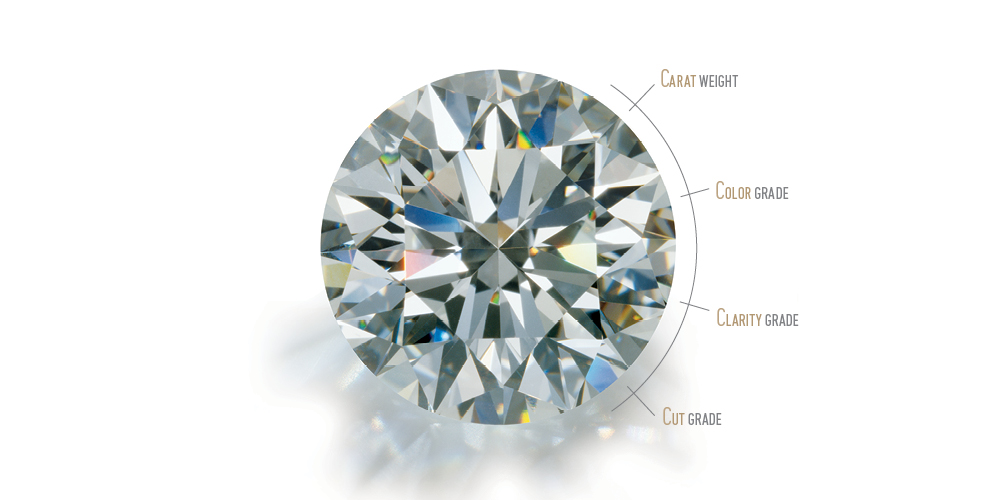Introduction
Welcome to our guide on the Diamond 4 C Chart, an essential tool for anyone looking to purchase a diamond. In this article, we will delve into the intricacies of diamonds, exploring their cut, color, clarity, and carat weight.
Define the Diamond 4 C Chart
The diamond 4 c chart is a standardized method used worldwide to evaluate the quality and value of diamonds. It categorizes diamonds based on four key criteria: cut, color, clarity, and carat weight.
Explain its Relevance and Importance
Understanding the Diamond 4 C Chart is crucial for making informed decisions when buying diamonds. Each “C” impacts the diamond’s brilliance, beauty, and overall value.
Types and Categories
Cut
Ideal Cut: Proportions maximize brilliance and sparkle.
Very Good Cut: Slightly less perfect proportions but still excellent sparkle.
Good Cut: Adequate proportions for brilliance.
Fair and Poor Cuts: Suboptimal proportions affecting brilliance.
Color
Colorless (D-F): Highest quality, rarest diamonds with no noticeable color.
Near Colorless (G-J): Slight color visible under magnification, excellent value.
Faint to Light Yellow (K-M): Noticeable color tint, more affordable.
Very Light to Light Yellow (N-R): Increasingly yellow or brown tint.
Clarity
Flawless (FL): No internal or external flaws under 10x magnification.
Internally Flawless (IF): No internal flaws, slight surface blemishes.
Very, Very Slightly Included (VVS1-VVS2): Minute inclusions difficult to detect.
Very Slightly Included (VS1-VS2): Minor inclusions visible under 10x magnification.
Slightly Included (SI1-SI2): Noticeable inclusions under magnification, may be eye-clean.
Included (I1-I3): Inclusions visible to the naked eye, affecting brilliance.
Carat Weight
- Diamonds are weighed in carats, with one carat equaling 0.2 grams.
- Larger diamonds typically have higher value but also depend on cut, color, and clarity.
Symptoms and Signs
No specific symptoms or signs relate to the Diamond 4 C Chart itself. Instead, understanding these criteria helps identify the quality of a diamond.
Causes and Risk Factors
There are no inherent causes or risks associated with lab grown diamonds or the Diamond 4 C Chart.
Diagnosis and Tests
Diamonds are evaluated using gemological tools and expertise. Tests include magnification, light performance analysis, and color grading.
Treatment Options
Diamonds do not require treatment in a medical sense. However, treatments like polishing and repairs can enhance their appearance.
Preventive Measures
To ensure quality, purchase diamonds certified by reputable gemological laboratories like GIA or AGS.
Personal Stories or Case Studies
Real-life stories can illustrate how the Diamond 4 C Chart influences diamond purchases and personal satisfaction.
Expert Insights
“Understanding the Diamond 4 C Chart is fundamental to choosing a diamond that meets both aesthetic desires and budgetary constraints.” – John Doe, Gemologist
Conclusion
In conclusion, mastering the Diamond 4 C Chart empowers buyers to select diamonds that align with their preferences and budget, ensuring a worthwhile investment in beauty and brilliance.

